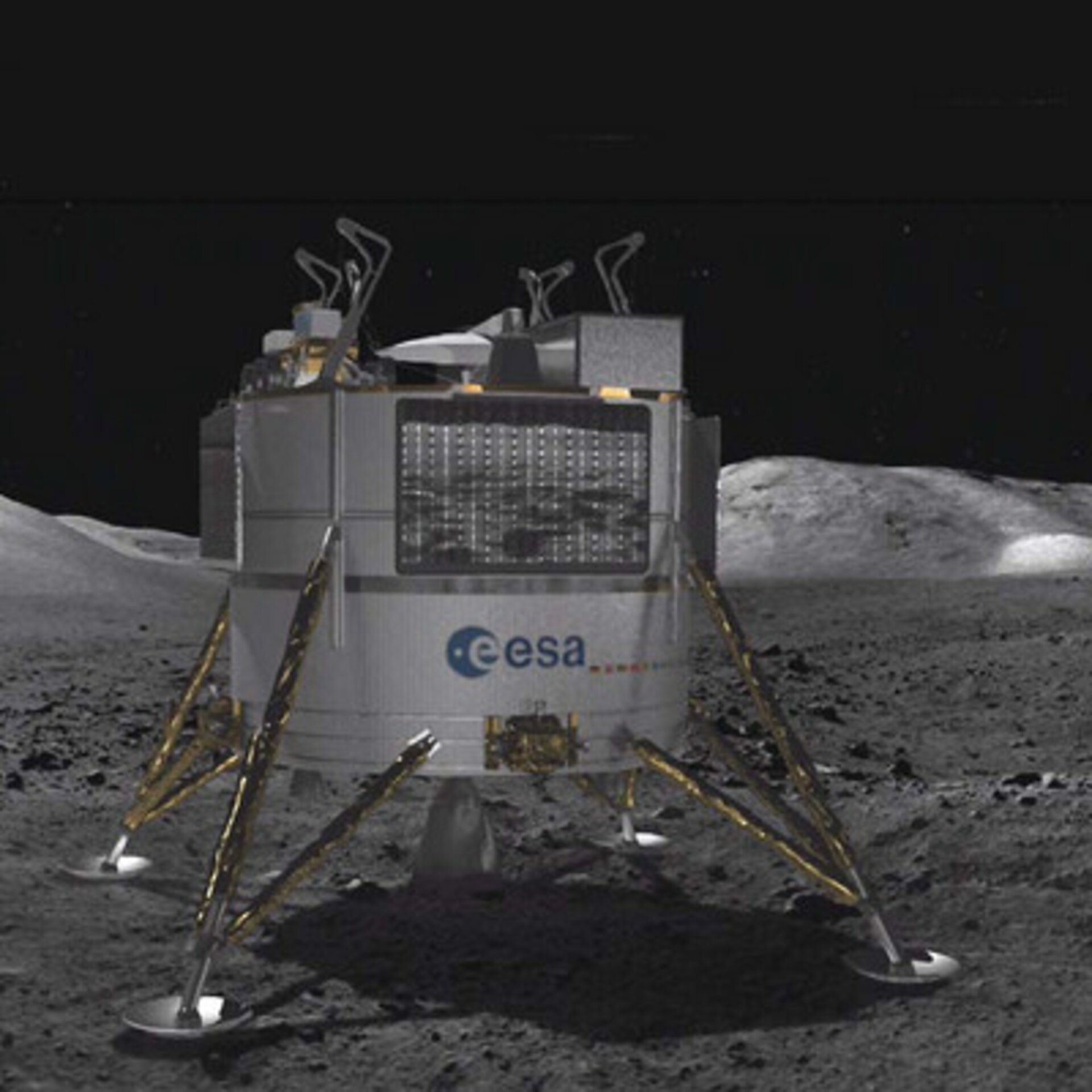Europe's first steps on the Moon: the Lunar Lander
Human exploration beyond low Earth orbit has become the major global focus for human spaceflight activities, with the Moon being the first key stepping stone in these activities.
Exploration is a great diplomatic and geopolitical opportunity and those nations that participate and contribute to a significant level in space exploration will shape the current international principles regulating the use of outer space.
Inspiration
A lunar mission and further exploration missions will be a source of inspiration and of mutual understanding. Cooperation will be key in exploration activities in order to reach challenging goals unattainable by any one nation.
Resolving the engineering and logistic issues of sustained surface operations, with the requirements in terms of mobility, energy and life support systems, will boost research and innovation in fields that are also vital to the well-being of millions of men and women on Earth.
Cargo and logistics delivery
The direction in which global exploration activities are heading provides ESA with a great opportunity of developing an autonomous lunar lander, which is capable of delivering payload to the lunar surface in support of a human presence on the Moon, as well as payloads directly supporting European exploration objectives.
Assessments suggest that a lunar lander capable of cargo and logistics delivery would significantly extend surface exploration opportunities by enabling enhanced human mobility, extended human lunar surface presence and new surface exploration opportunities.
Evolution
A European lander of this type would represent an element which can be somewhat independent in its development from the wider architecture, and so more robust and flexible to the inevitable changes and evolution of that architecture.
Technologically, the elements which go together to enable not only a landing capability but also the ability to manipulate and transport payloads across the lunar surface, would allow Europe to draw strongly on its existing experience and know-how, while developing new technologies which can be deployed in later exploration missions.


